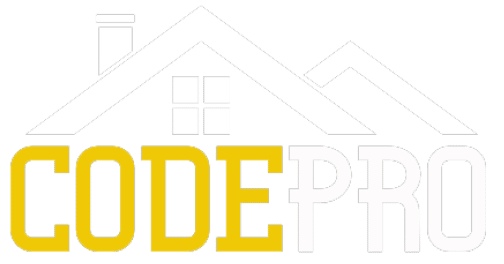Wyoming
Updated 3/15/2025
Overview
Wyoming follows a hybrid approach to code adoption, meaning most building codes are
adopted and enforced at the local level. While the state has adopted certain international codes,
including the 2023 NEC (National Electrical Code), it does not specify statewide adoption of
residential or plumbing codes.
Because local jurisdictions determine which codes to enforce, it is essential to consult local authorities to determine which specific codes and amendments apply in a particular area.
The International Codes that the state has adopted are the latest 2024 versions. Therefore, CodePro will use the latest versions of the IRC and IPC for its answers.
Because local jurisdictions determine which codes to enforce, it is essential to consult local authorities to determine which specific codes and amendments apply in a particular area.
The International Codes that the state has adopted are the latest 2024 versions. Therefore, CodePro will use the latest versions of the IRC and IPC for its answers.
CodePro Uses the Following Codes for Answers:
- 2024 International Residential Code (IRC)
- 2024 International Plumbing Code (IPC)
- 2023 National Electrical Code (NEC)
Additional Resources:
State-Specific Website – Official site for Wyoming building codes.
State-Level Adoption Wyoming State Fire Marshal’s:
- 2024 International Building Code (IBC): Adopted on June 28, 2024
- 2024 International Fire Code (IFC): Adopted on June 28, 2024
- 2024 International Fuel Gas Code (IFGC): Adopted on June 28, 2024
- 2024 International Mechanical Code (IMC): Adopted on June 28, 2024
- 2024 International Existing Building Code (IEBC): Adopted on June 28, 2024
- 2023 National Electrical Code (NEC): Effective July 1, 2023
- Adoption Category
Hybrid
- Amendments
Local
Hybrid Adoption
A hybrid adoption system means codes can vary at state and local level. Many times the state establishes a base code for building regulations and local jurisdictions then have the authority to amend or adopt more stringent requirements. This allows flexibility for cities and counties to tailor codes to their specific needs while maintaining a foundational standard set at the state level.
